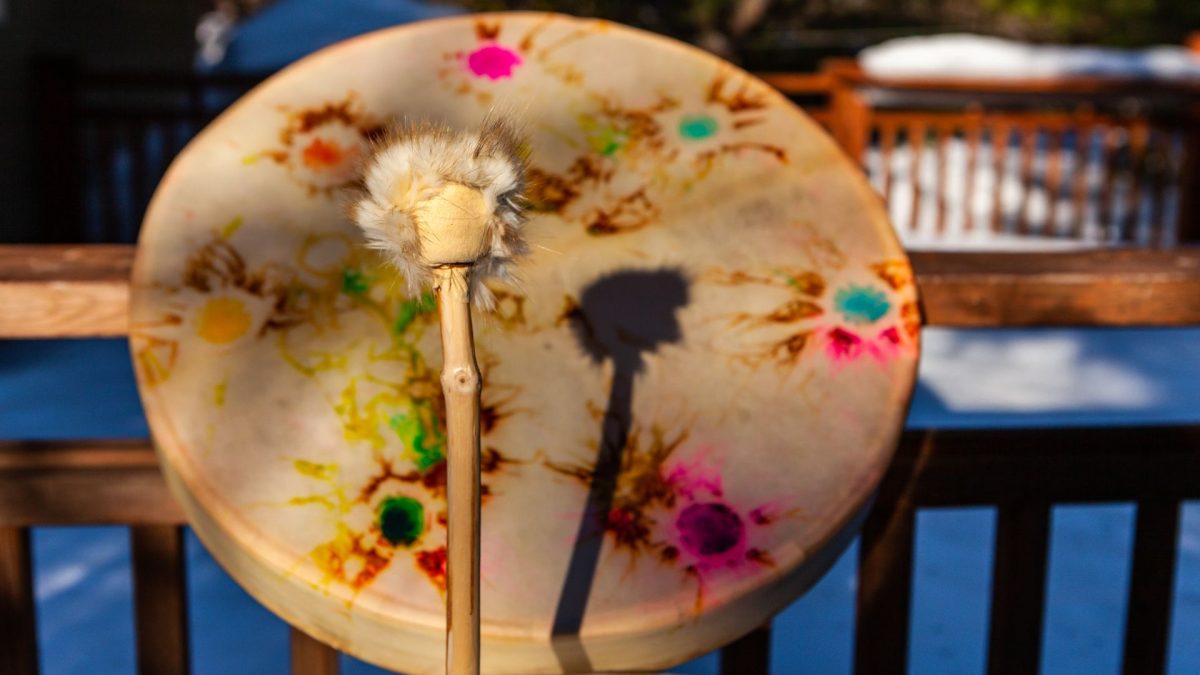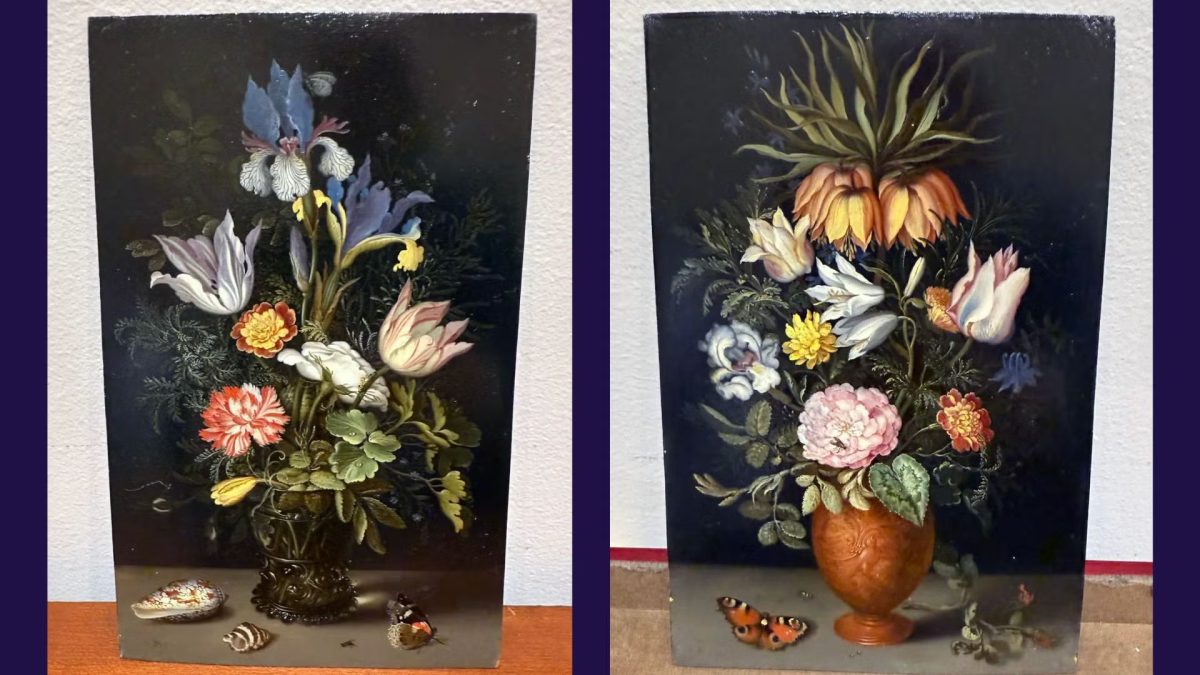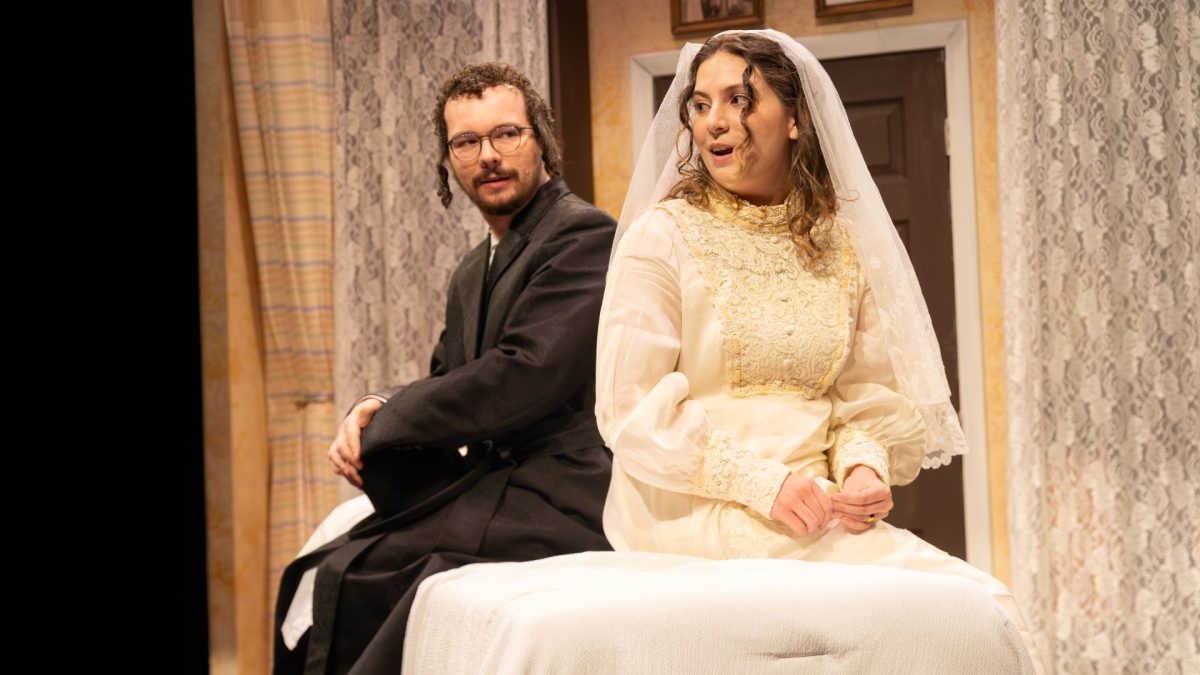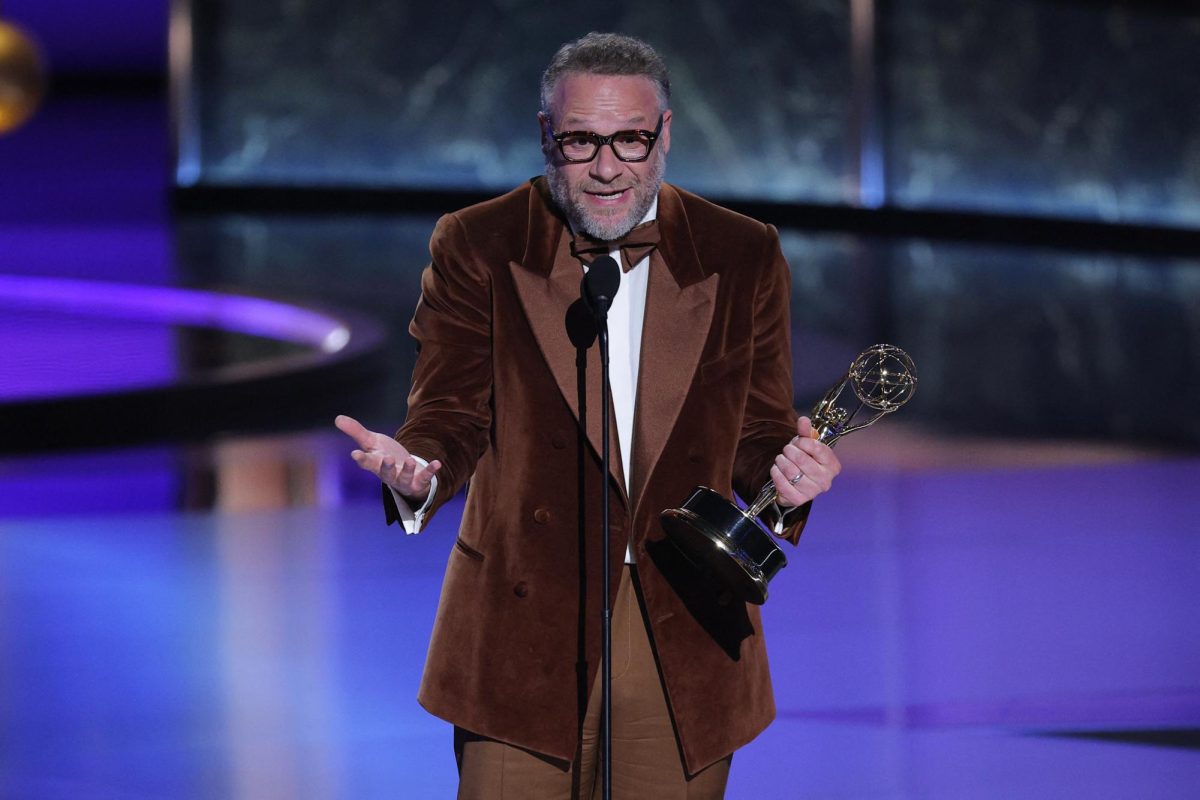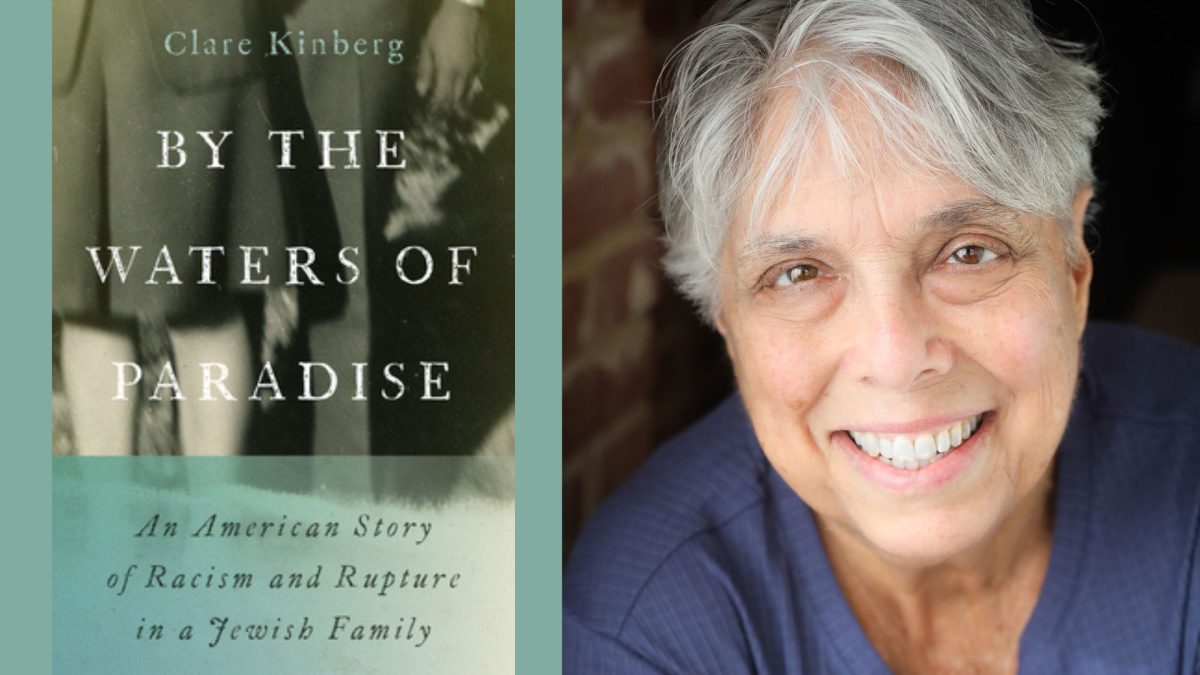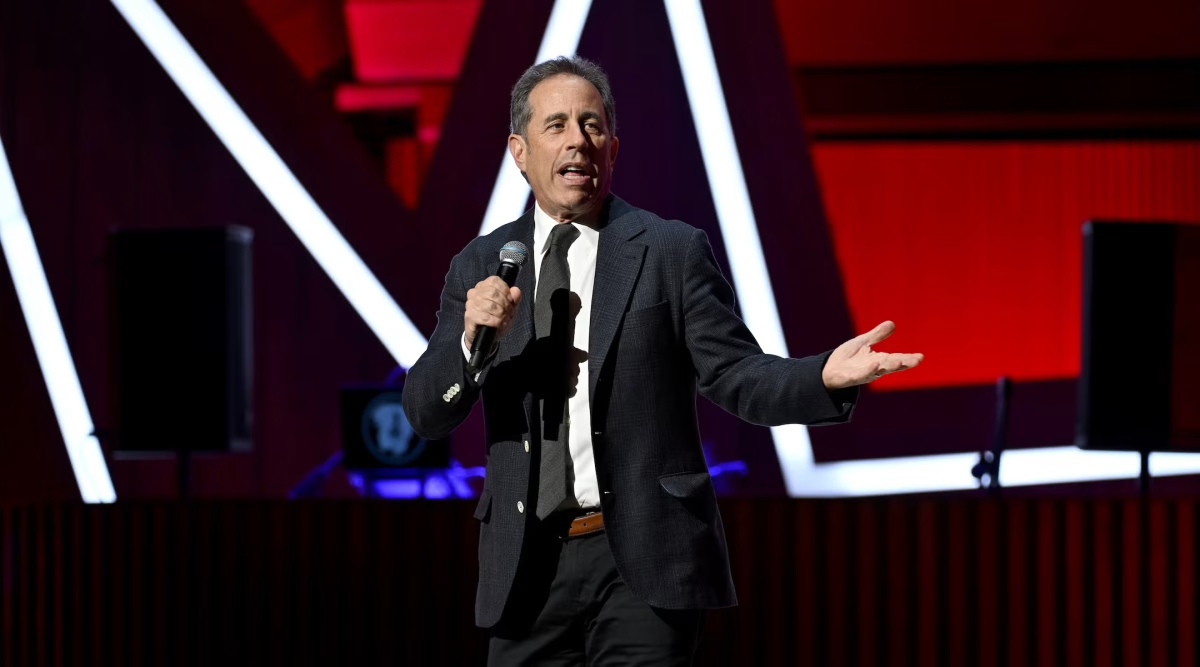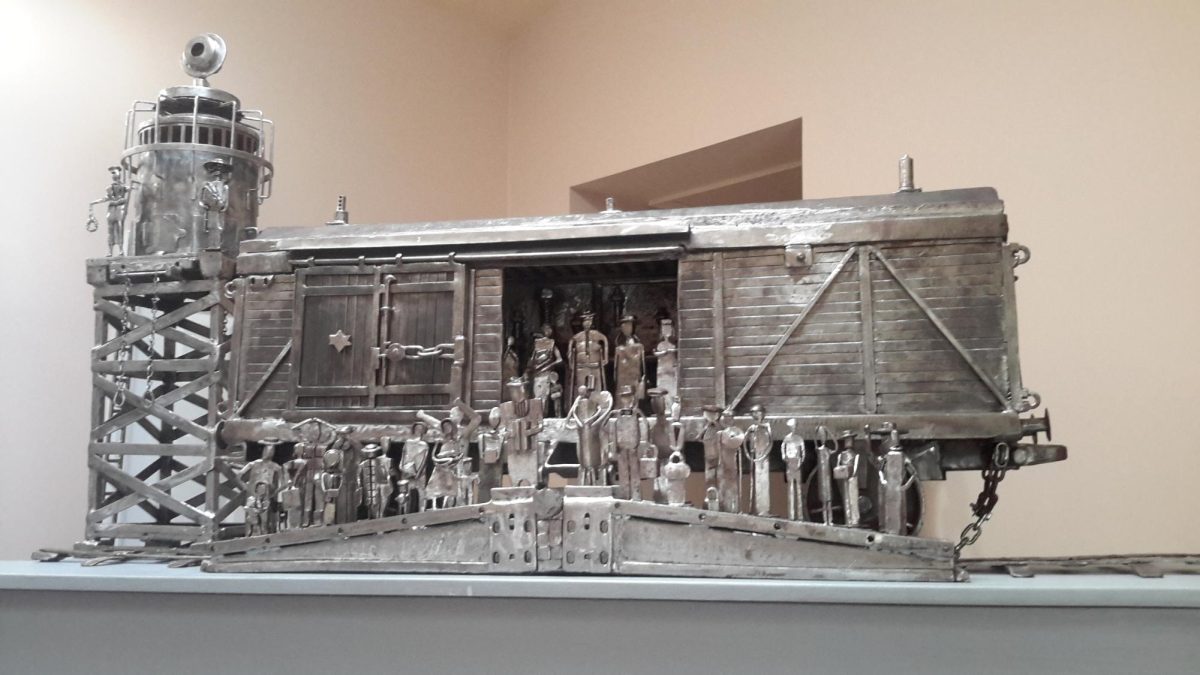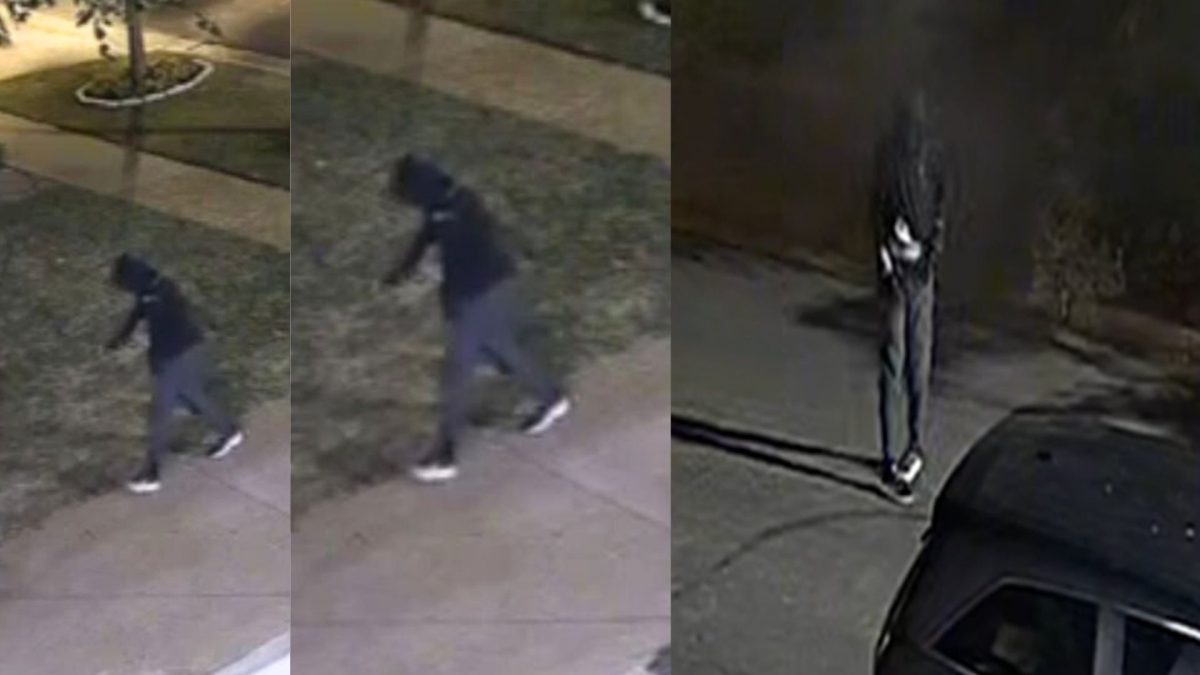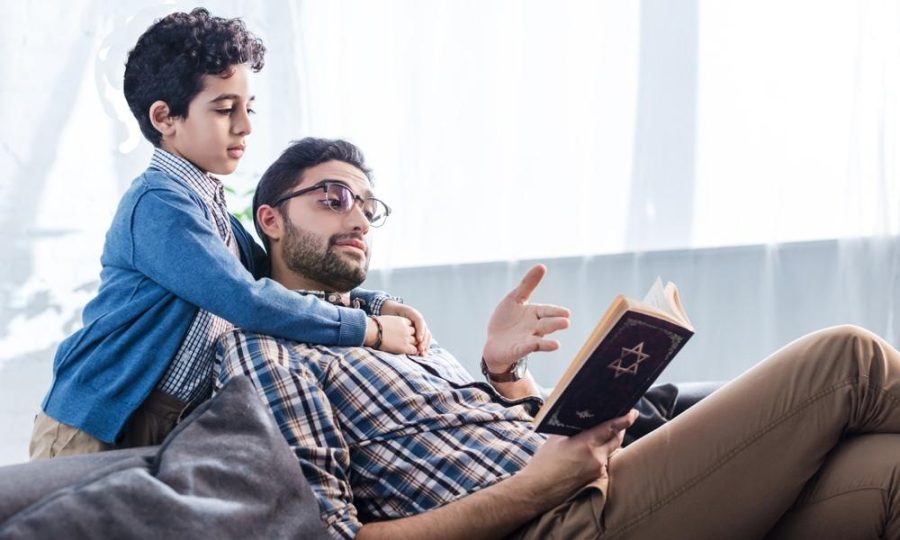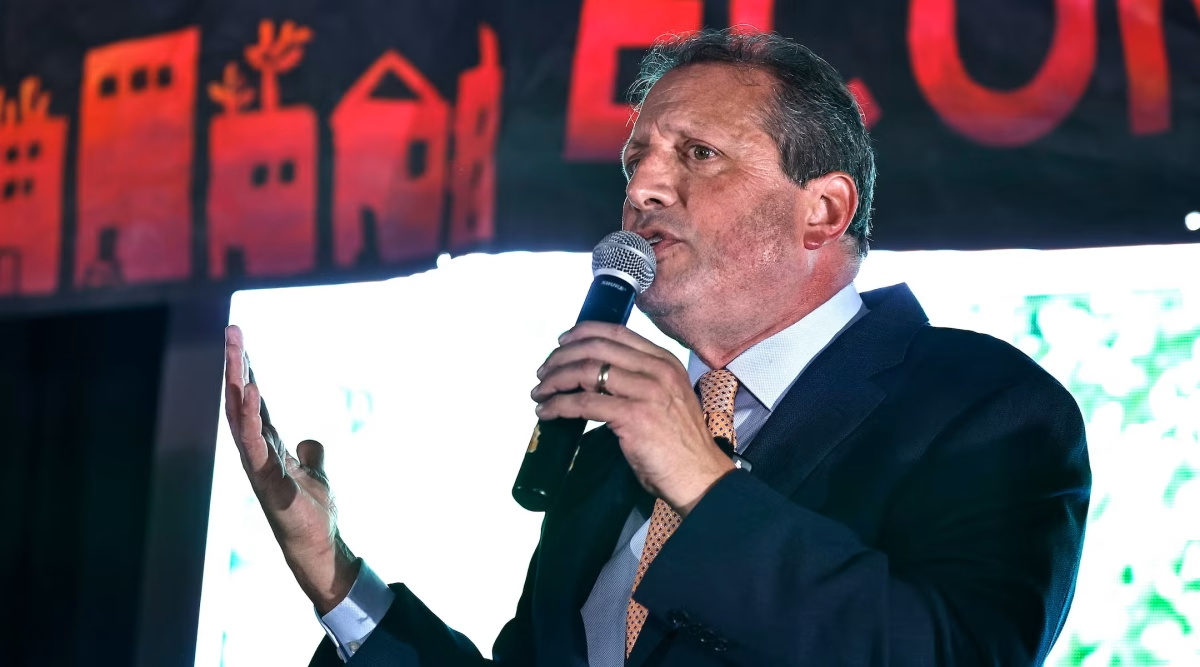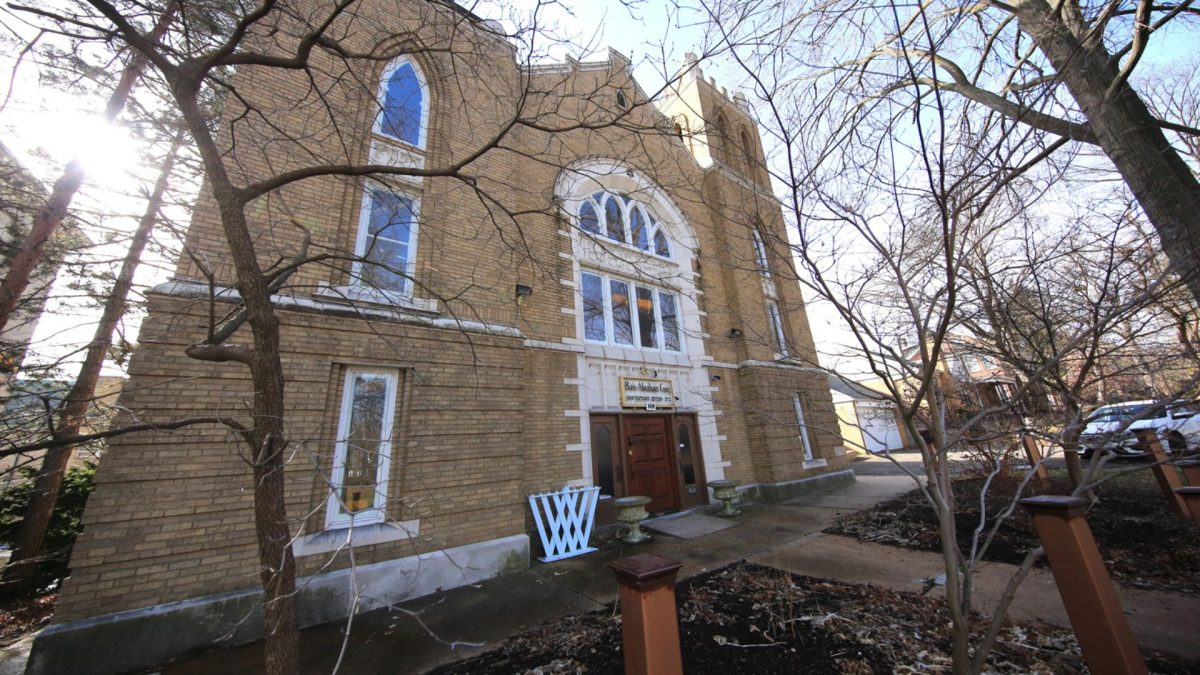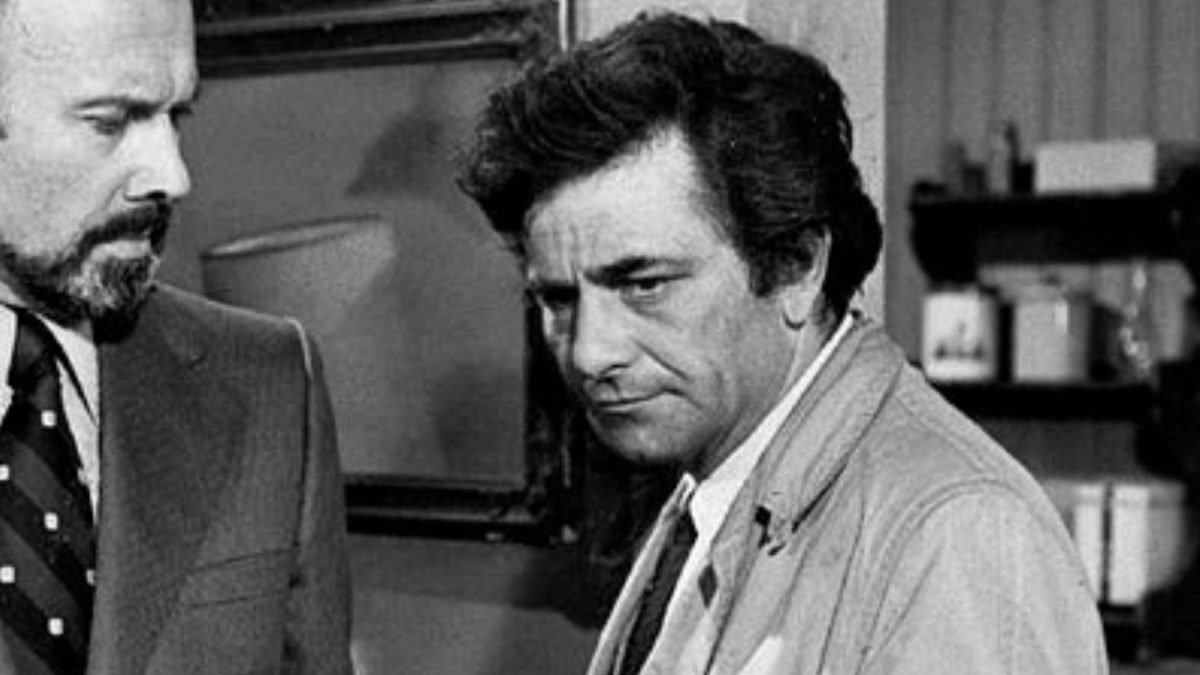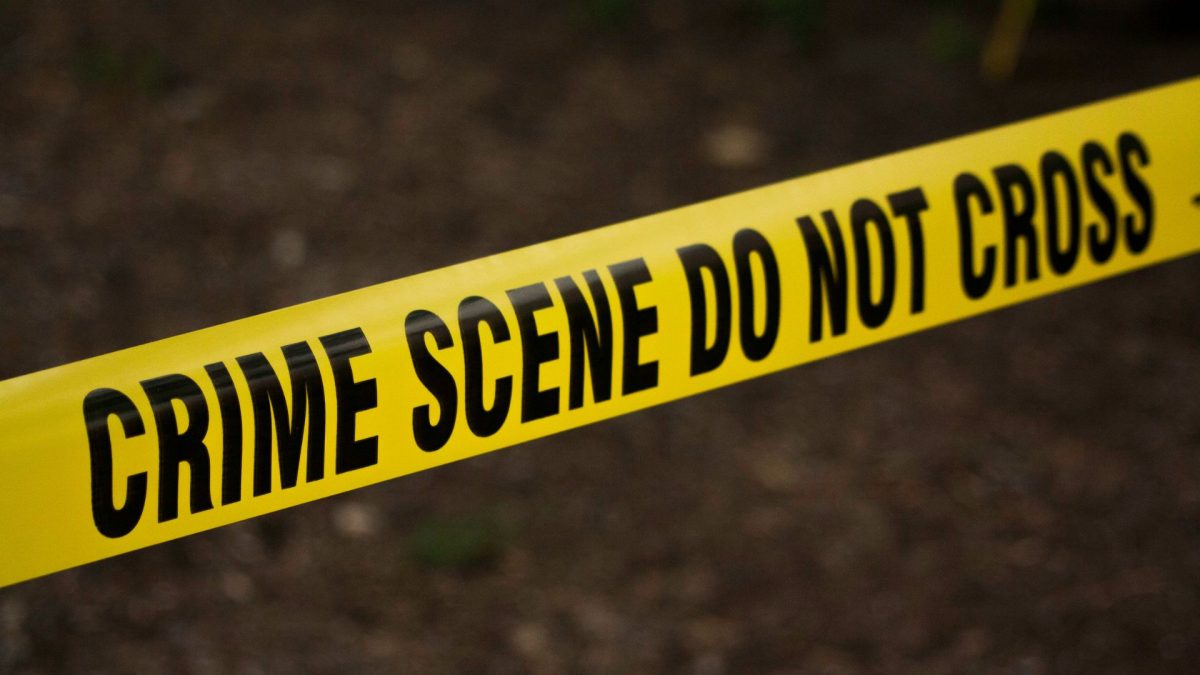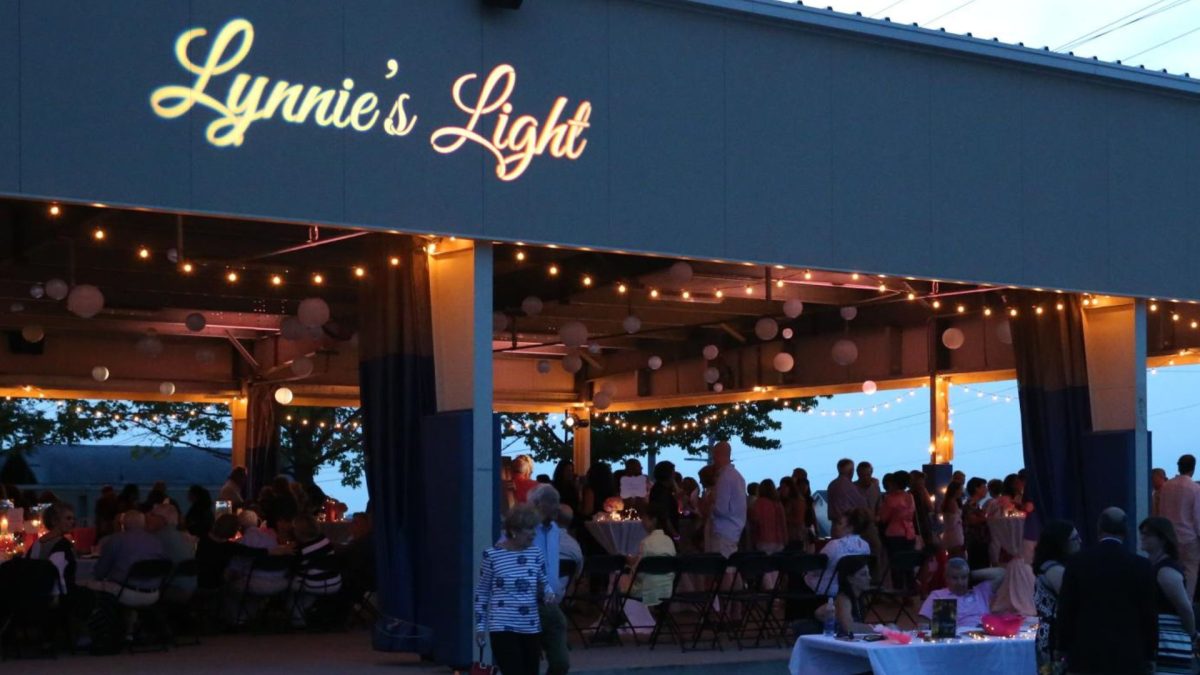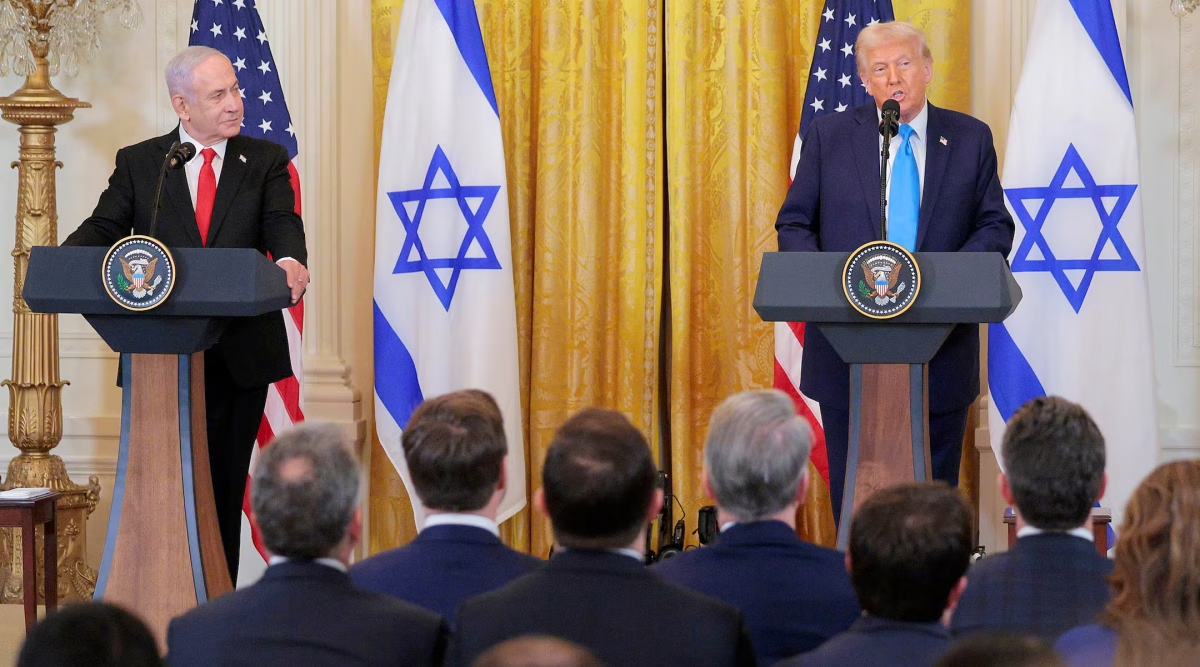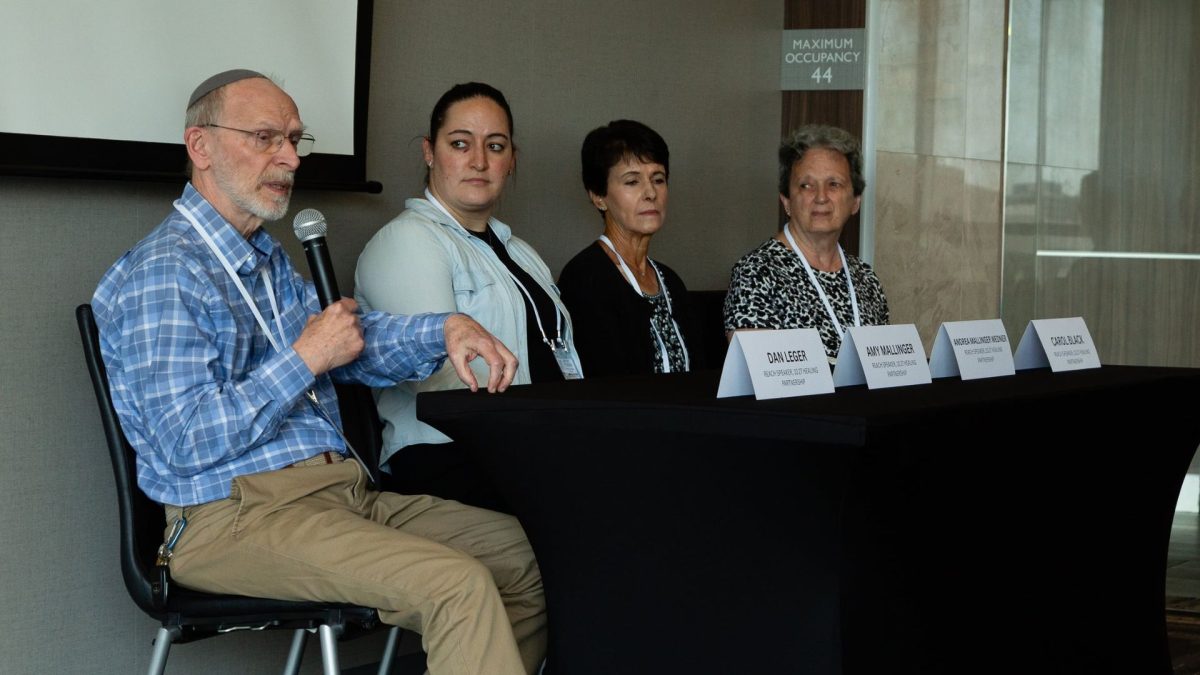I just returned from watching my grandson play lacrosse. Lacrosse is the oldest organized sport in North America, with its origins with the indigenous people of North America as early as the 12th century.
Indigenous describes any group of people native to a specific region. In other words, it refers to people who lived there before colonists or settlers arrived, defined new borders, and began to occupy the land.
When I think of indigenous people, I think of our own Native Americans or the First Nation people of Canada, but there are famous and not so famous indigenous peoples all over the world.
ADVERTISEMENT
In Central and South America, the native or indigenous people are collectively referred to by different names that vary by region. In Asia, vast regions contain the majority of the worlds’ present day Indigenous populations. In western Asia, Armenians are the indigenous population of the Armenian Highlands. Kurds are the indigenous people of Mesopotamia. There are the Aboriginals of Australia and the Maori of New Zealand. And the list of indigenous peoples goes on and on.
There have been wars and skirmishes going on forever between indigenous people and the settlers who took over their lands for thousands of years. These wars and battles are still going on all over the world.
Finally, people all around the globe are becoming more and more aware of the struggles and unfair treatment that the Native and indigenous people have dealt with, and things are being done to repair at least some of the damage.
ADVERTISEMENT
There is a National Indigenous Day and as usual, the arts are leading the way in showing and helping create change for these people. There is even a very popular museum on the Mall in Washington, D.C., the National Museum of the Indian.
The arts in all disciplines are bringing to the fore these sensitive issues. Film, theater, visual, music and literature have works that shine.
Here are some examples of works in different disciplines’ either by or about American and Canadian indigenous people:
Sherman Alexie’s film “Smoke Signals,” a groundbreaking and critically acclaimed independent film from the ’90s that tells an emotionally powerful story of two Native American teenagers.
“Reservation Dogs,” a television series featuring indigenous people created by Sterlin Harjo and Taika Watiti. It’s the first series to feature indigenous writers and directors along with an almost entirely indigenous cast.
“Unreserved” on CBS radio with Roseanna Deerchild, a Cree broadcaster and poet, hosting. Her second book, “Calling Down the Sky,” is a deeply personal poetry collection about the residential school experience.
Even the very popular television series, “Yellowstone” deals with the residential school experience.
Performing arts programs are often introduced by this land acknowledgement:
It is important for us to acknowledge that the land beneath us owes its vitality to generations who have come before us in the spirit of making erased and silenced histories visible. We acknowledge that we are standing on the ancestral and occupied lands of many Native tribes that stewarded and cared for this land for centuries. The Illini, Osage and Missouria tribes are just a few of peoples that we pay our respect to. Please take a moment to consider the many legacies of violence, displacement, migration and settlement that brings us together here today and join us in uncovering such truths at any and all public and in person virtual events.
The visual arts are also presenting beautiful and meaningful exhibitions showing the work and culture of the indigenous peoples. The Pulitzer and St. Louis Art Museum are currently featuring the work of Faye Heavyshield in very powerful exhibitions.
And this summer SLAM will, for the first time, focus on modern Native American art, “Action/Abstraction Redefined: Modern Native Art, 1940s–1970s,” which runs through Sept. 3.
I am so glad that our community is giving the proper attention to those who came before us in our beautiful country.



